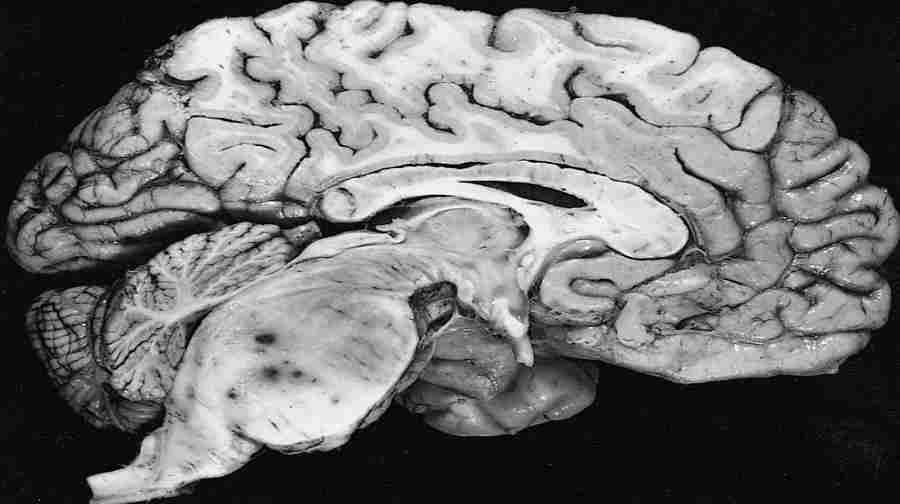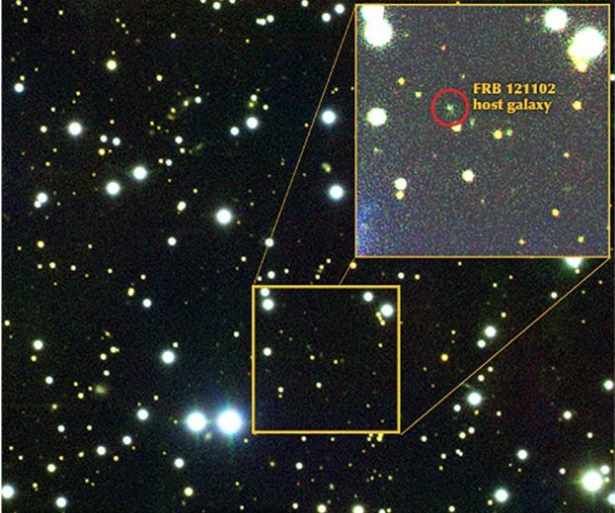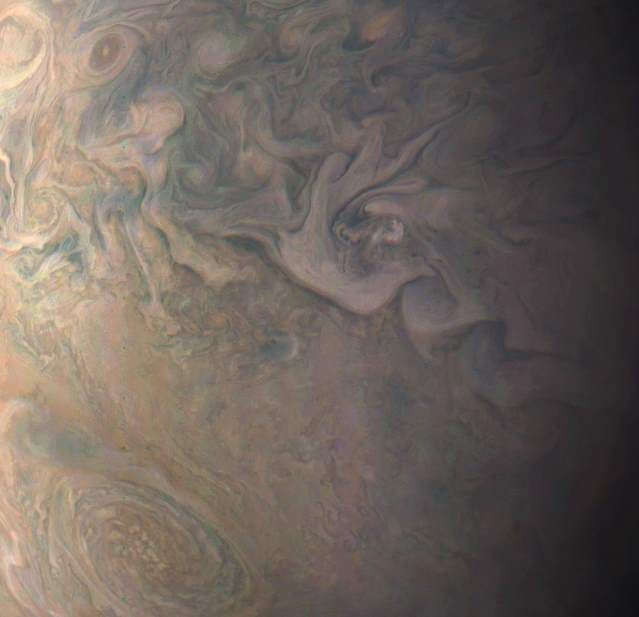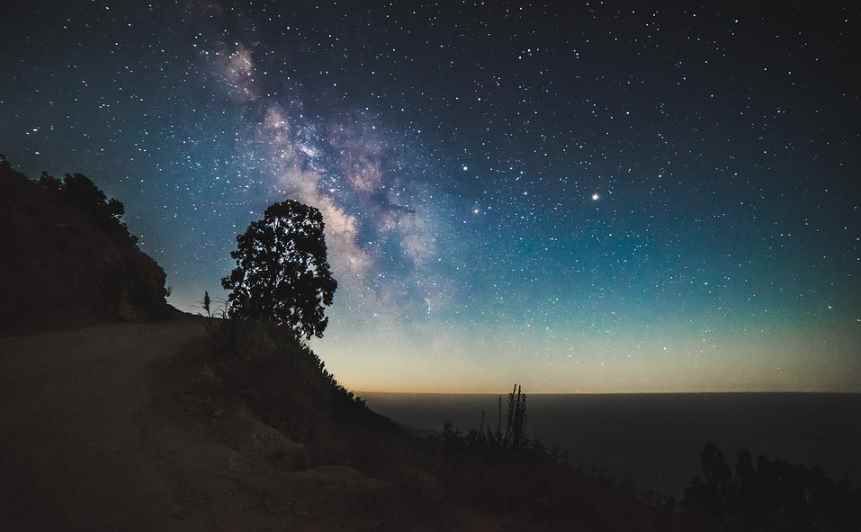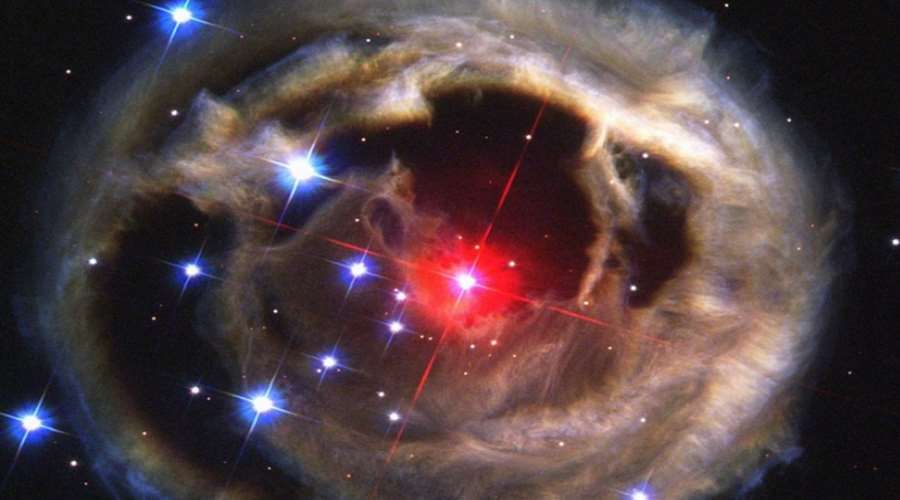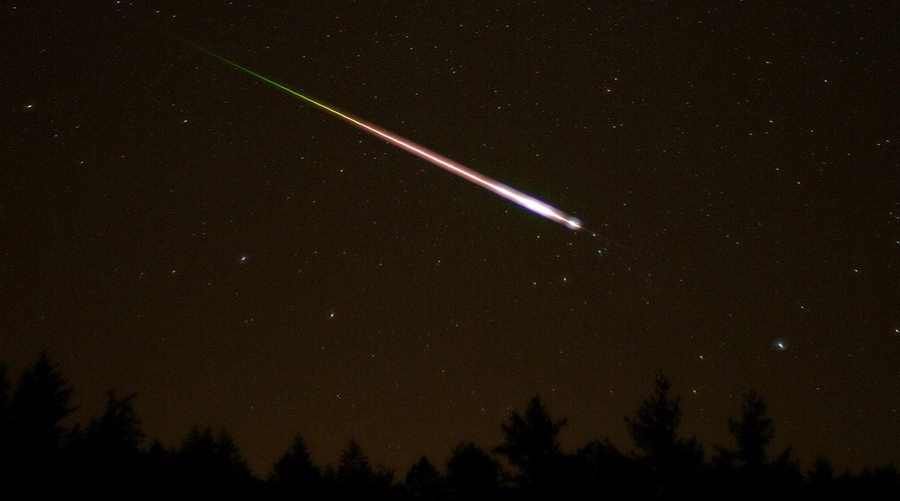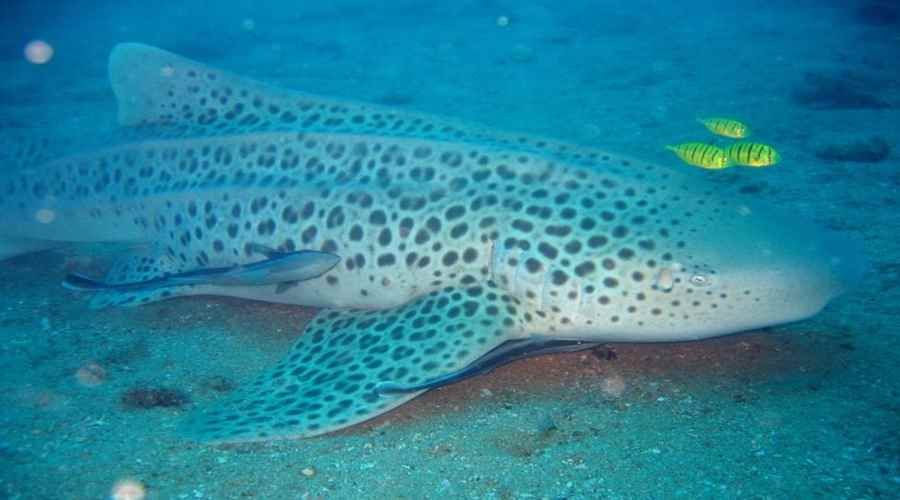Traces of a lost continent found
A crystal was found on the island of Mauritius, ejected to the surface during a volcanic eruption that is billions of years older than the island itself. According to scientists, this is evidence that a microcontinent called Mauritia existed around the island in the past.
The concept of a lost continent gained prominence in 2013, when an international teamół expertów from Germany, Norway, South Africa and the United Kingdom published on the „Nature Geoscience” results of próbek rocks, które were collected near the island of Mauritius. According to the data collected, the rocks from the island’s coast had an age in the range of 660 millionów up to nearly 2 billionóin the years. This is definitely more than the island itself, której age is estimated at less than 9 millionóin years.
Scientists believe that a recently discovered zircon crystal is just a piece of the lost continent. The theory of mówi that Mauritia sank 84 million years ago. This microcontinent was located in the Indian Ocean, between Mauritius and the Seychelles. Earlier studies alleged that pieces of zircon may have been carried in by the sea from elsewhere. Now researchers have found the mineral in volcanic rocks on the island.
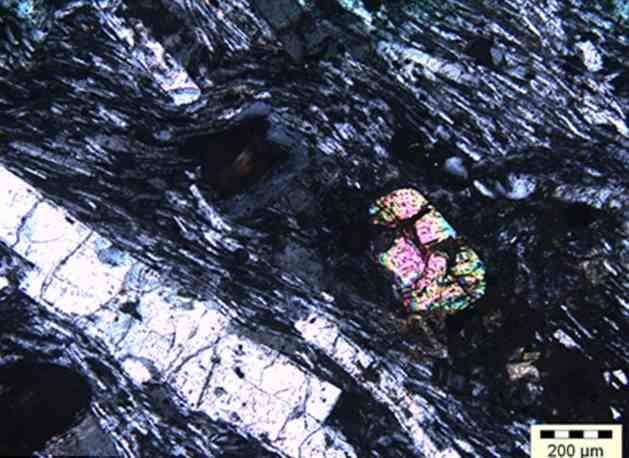
Piece of zircon found on Mauritius. Photo. University of the Witwatersrand
According to researchers, Mauritius, which lies in the easternód from the coast of Africa, was formed thanks to a giant volcanic eruption of about 9 millionów years ago. – The fact that we were able to find zircon in Mauritius older than the island itself proves that there are much older minerals under the island, whichóre can only come from the continent – said Lewis Ashwal of the University of the Witwatersrand in South Africa. – Earth is composed of twoóch parts – The continentóin, które are old and the oceanów, whichóre are „young”. Rocks can be found on the continents, któwhose age is estimated to be four billion years old. Nothing similar has been found in the oceans. The fact that we found old zirconium in volcanic rocks confirms previous research – added.
Another piece of evidence pointed out by the scientists’ów is the thickness of the earth’s crust in this region. Earth’s crust on the ocean floor is mostly thinner than that underneath the continents. It ranges from 5 to 10 kilometersów. And the one between Mauritius and the Seychelles has 25-30 kilometers ofóin thickness. This may confirm the existence of a microcontinent at this site.
According to the theory, Mauritia some 84 million years ago was torn apart by tectonic plate movements and sank as a result. The only remnants of the microcontinent are the islands of Seychelles, Reunion and Mauritius. Computer reconstruction of tectonic plate movement seems to confirm the researchers’ theory.
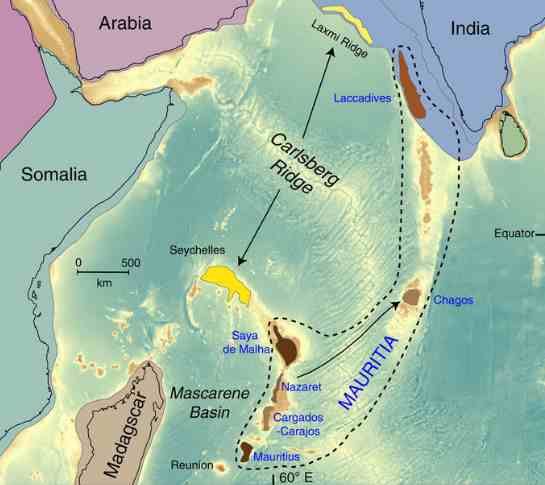
A map showing the approximate location of Mauritia. Photo. University of the Witwatersrand


